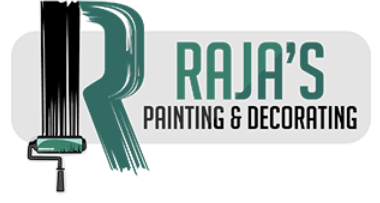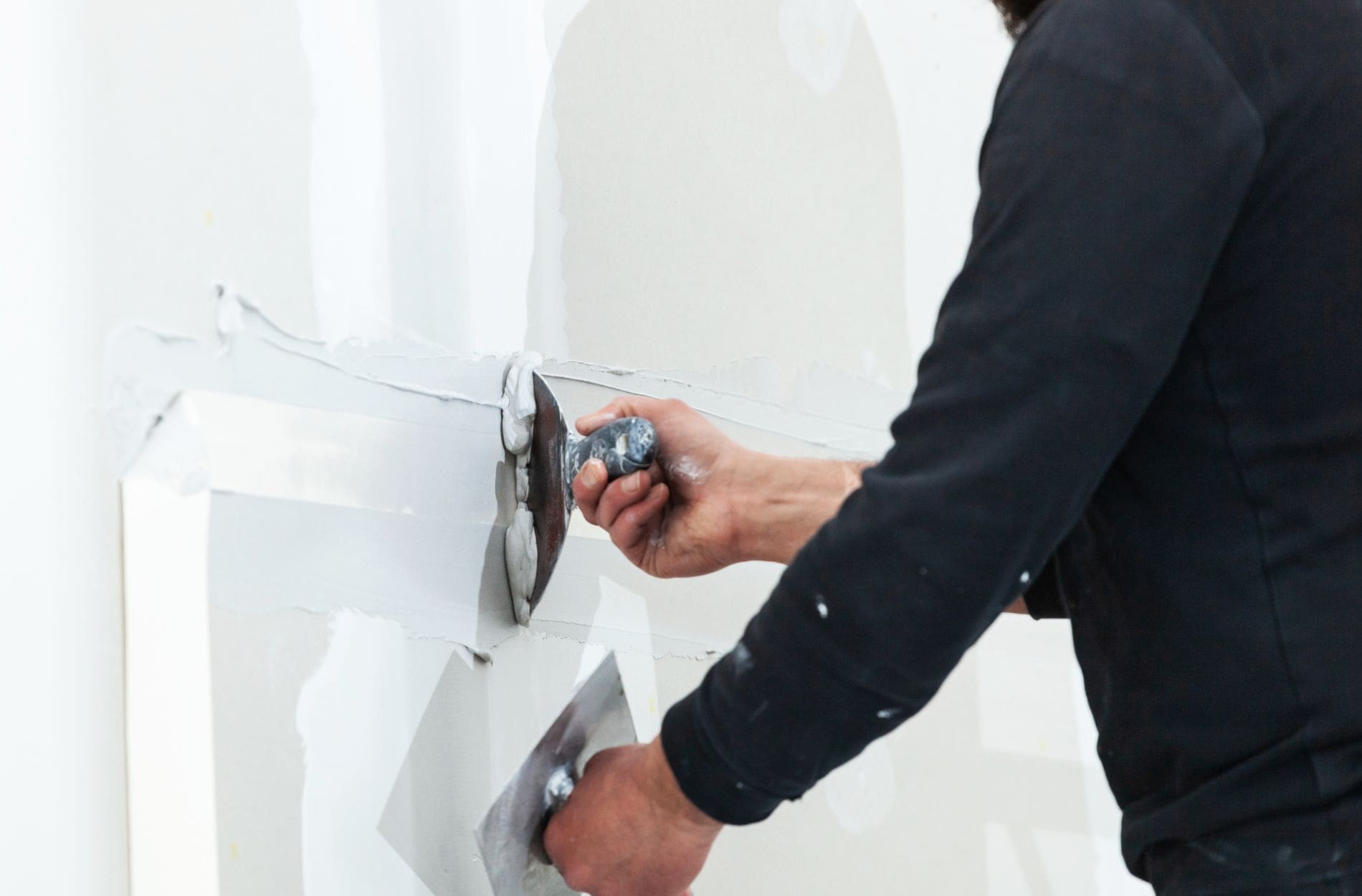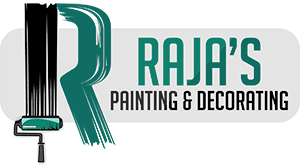Drywall is a popular choice for homes due to its sleek finish and versatile nature. However, one of the common challenges homeowners in Cranbourne might face is dealing with cracks in drywall. These imperfections not only affect the appearance of a room but can also hint at underlying issues within the structure of a home. Understanding how to identify and address these cracks is key to maintaining a sound home environment.
Recognising these issues early can save you from bigger problems down the line. Often, what starts as a small crack can grow into something more significant if not managed promptly. Whether due to natural factors or issues with installation, knowing how to spot and respond to these imperfections can keep your home looking its best and structurally sound. Nobody wants to see a crack snaking its way across a perfectly painted wall, especially if you’re proud of your home’s appearance.
Understanding the Types of Drywall Cracks
Cracks in drywall may seem similar, but they can indicate different issues based on their direction and size. Here’s a rundown of the various types of drywall cracks you might encounter:
– Horizontal Cracks: Typically found in areas where a change in structure occurs, like windows and doors, these cracks might suggest some shifting in your home’s foundation or structural changes. While it might seem alarming, a horizontal crack doesn’t always spell disaster but it does call for attention.
– Vertical Cracks: These often appear due to natural settling of the house. As your home adjusts to its environment over time, some movement is expected, causing vertical cracks to appear. They are relatively common and not as concerning if spotted early.
– Diagonal Cracks: These are often a tell-tale sign of more serious structural issues. They usually indicate uneven settling or shifting of your home. Diagonal cracks might require further inspection to determine if there are more severe problems at play.
– Hairline Cracks: Small and often superficial, hairline cracks can appear due to minor movements or changes in temperature and humidity levels. While they are mostly cosmetic, keeping an eye on them is prudent to ensure they don’t develop further.
Recognising the type of cracks you have on your walls helps in determining the necessary steps for resolution. Each type gives clues about the condition of your home and how best to proceed with repair.
Common Causes of Drywall Cracks
Understanding what leads to cracking is crucial in both preventing and addressing these issues. Here are some common causes that might affect your walls:
– Seasonal Changes and Weather Impact: Cranbourne’s weather can swing between extremes, and such fluctuations can lead to drywall expansion and contraction, causing cracks.
– Settling of the House: Over time, houses naturally settle. This is a gradual process and part of living in any home. But as homes shift, cracks may appear, especially in older properties.
– Poor Installation: If drywall isn’t installed correctly, whether it’s the wrong screws or inadequate support, it is prone to cracking. Ensuring proper installation from the start can help avoid this issue.
– Moisture Problems: Water is one of the most common enemies of drywall. Whether due to leaks, humidity, or plumbing issues, excess moisture can seep in and cause the material to weaken and crack.
For instance, if you notice cracks after a particularly wet season, it could be due to prolonged exposure to humidity or a hidden leak that needs addressing. By identifying the root cause, homeowners can better protect their walls from future damage and maintain a safe, beautiful living space. Addressing these problems is crucial to preventing structural damage and enjoying a crack-free home environment.
Inspecting and Diagnosing Drywall Cracks
Before diving into repairs, it’s smart to do a thorough inspection of your drywall. Identifying the extent and type of crack will guide you on the best course of action. Start by taking a good look all around your home. Focus on areas where cracks are most common, like around windows and doors, or where extensions and renovations might have joined new with old.
For an effective inspection, you’ll need some simple tools: a flashlight, a tape measure, and a notepad for recording your findings. As you inspect, ask yourself these questions:
– Are cracks predominantly vertical or horizontal?
– Is there a pattern to where the cracks are appearing?
– Do any cracks widen over time?
– Are there other signs of potential moisture damage, like discolouration or dampness?
Once you’ve done a comprehensive walk-through, you can better differentiate between cosmetic cracks and those that signal a deeper issue. For cosmetic cracks, action might not be urgent. But if you notice large cracks, especially diagonal ones or those that keep expanding, it’s time to call in a professional. Quick evaluation can prevent future headaches, protecting your investment and ensuring safety.
Solutions for Drywall Repair
Once you’ve identified the kind of cracks you’re dealing with, it’s time to consider repair options. Addressing cracks promptly keeps them from becoming more severe. Here’s a step-by-step to guide you through the basics of drywall repairs:
1. Preparing the Area
– Gently clean around the crack, removing any dust or debris that might hinder the repair process.
– Use a utility knife to slightly widen the crack, allowing for better filler adhesion.
2. Patching Small Cracks
– Fill these with a joint compound using a 6-inch taping knife.
– Once filled, smooth out the surface by gently sanding it after drying, keeping it flush with the surrounding wall.
3. Addressing Larger Cracks
– For bigger issues, reinforce the area with drywall tape after applying the first layer of joint compound.
– Layer an additional coat of compound over the tape, smooth it out, then let it dry and sand it gently.
Sometimes, the best decision is calling in the experts, particularly if the cracks indicate deeper structural issues. Professional repair services can ensure a seamless finish and longer-lasting results.
Keeping Your Drywall Crack-Free
Prevention is just as important as repair when it comes to drywall maintenance. With a few proactive strategies, you can keep your walls in great shape, avoiding future repairs.
Regular home maintenance checks play a crucial role. Keep an eye on changes in your home’s structure. Inspect areas prone to moisture, especially after heavy rain or increased humidity, and ensure proper ventilation.
In addition, follow these preventative measures:
– Install supports like expansion joints in new developments to allow for natural movement.
– Ensure that your gutters and downspouts are clean and direct water away from your home to prevent seepage and dampness.
Finally, addressing signs of wear and tear early, before they evolve into significant problems, is the best approach to maintaining your home.
Ensure Smooth and Lasting Drywall Repairs in Cranbourne
Taking care of drywall might seem daunting at first, but recognising problems early and addressing them with informed actions keeps your home secure and looking its best. Regular inspections and quick responses to potential issues will go a long way in maintaining your home’s value and appeal.
Whether it’s detecting early signs of moisture damage or settling issues, understanding how drywall behaves can prevent minor problems from escalating. By staying informed and engaged with your home’s upkeep, you can enjoy peace of mind knowing your living space in Cranbourne remains both comfortable and attractive.
For homeowners in Cranbourne looking to maintain impeccable walls, ensuring effective drywall maintenance is key. Turn to Raja’s Painting & Decorating for professional help with drywall repair in Cranbourne. Our team can address your home’s specific needs, providing peace of mind and ensuring your home remains in top condition. Get in touch with us to tackle all your repair needs and keep your living space crack-free.


